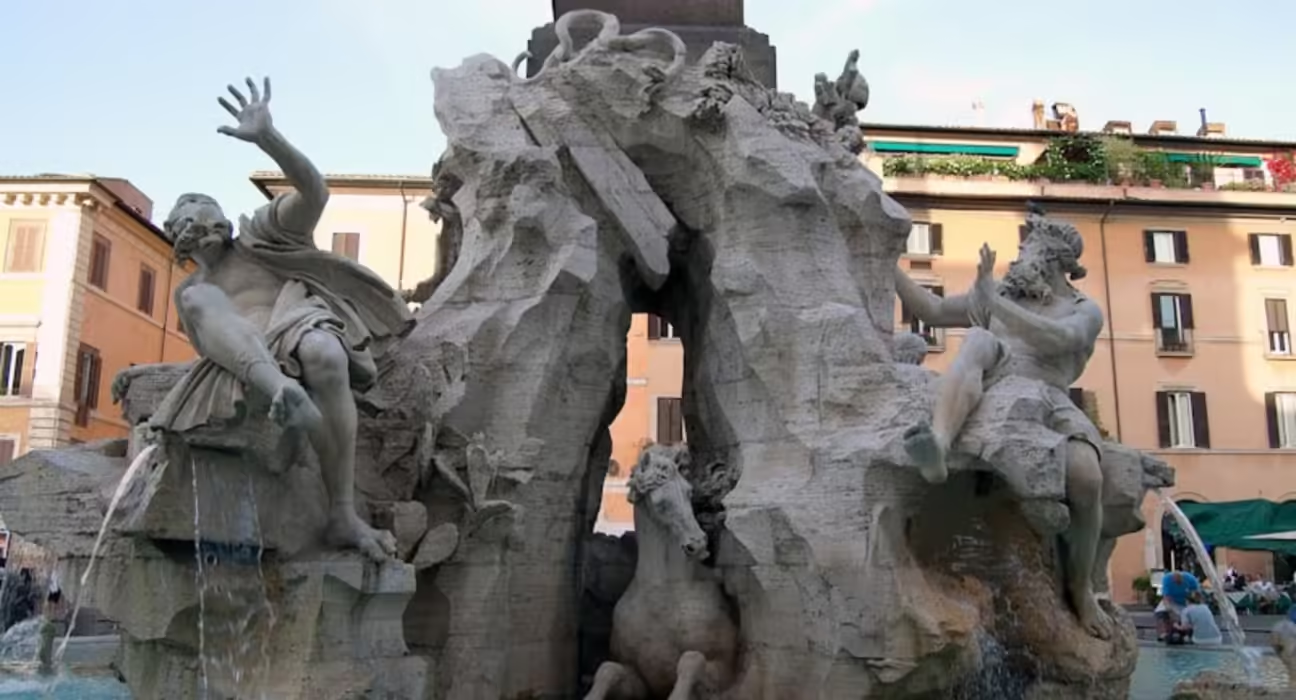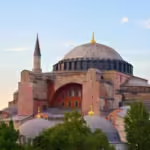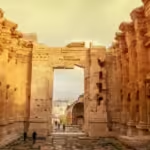Piazza Navona is more than just a picturesque square in the heart of Rome; it is a captivating testament to the seamless blend of history, art, and modern life. This vibrant square has become an essential stop for anyone visiting the Eternal City, showcasing splendid Baroque architecture, exquisite fountains, and an ambiance that resonates with the echoes of time. As you wander through its cobbled streets, you’ll find yourself enveloped in an atmosphere filled with stories of culture, religion, and politics, all intricately woven into the very fabric of Piazza Navona.
A Journey Through Time at Piazza Navona
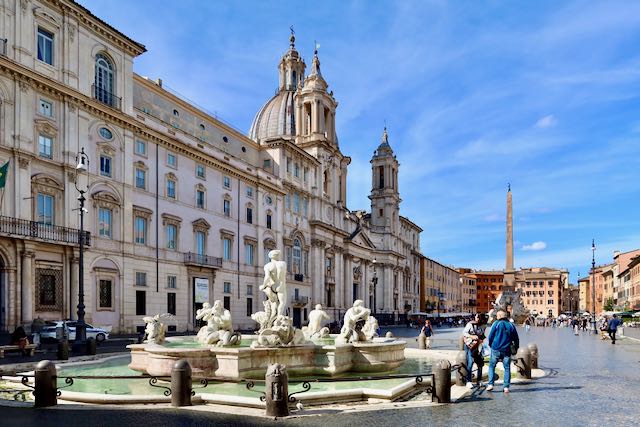
The origins of Piazza Navona can be traced back to the ancient Roman Empire when it was originally constructed as a stadium for athletic competitions and public events. Over the centuries, this monumental site has transformed from a place of entertainment to one of social gathering and artistic expression, reflecting the shifting cultural landscape throughout various historical periods.
The Ancient Roots of a Vibrant Space
Walking through Piazza Navona, you can almost feel the pulse of history beneath your feet. The square occupies the site of the Stadium of Domitian, built in the first century AD, where citizens gathered to witness athletic contests and other spectacles. It served as a venue not only for sporting activities but also for communal gatherings, creating a sense of belonging among the locals.
The remnants of this ancient structure can still be perceived through the square’s unique shape, which resembles that of a Roman arena. While the original functions of the piazza have long since evolved, its purpose as a hub for social interaction remains unchanged. In this way, Piazza Navona serves as a beautiful reminder of how space can endure the test of time while constantly adapting to the needs of its people.
Architectural Marvels of Baroque Influence
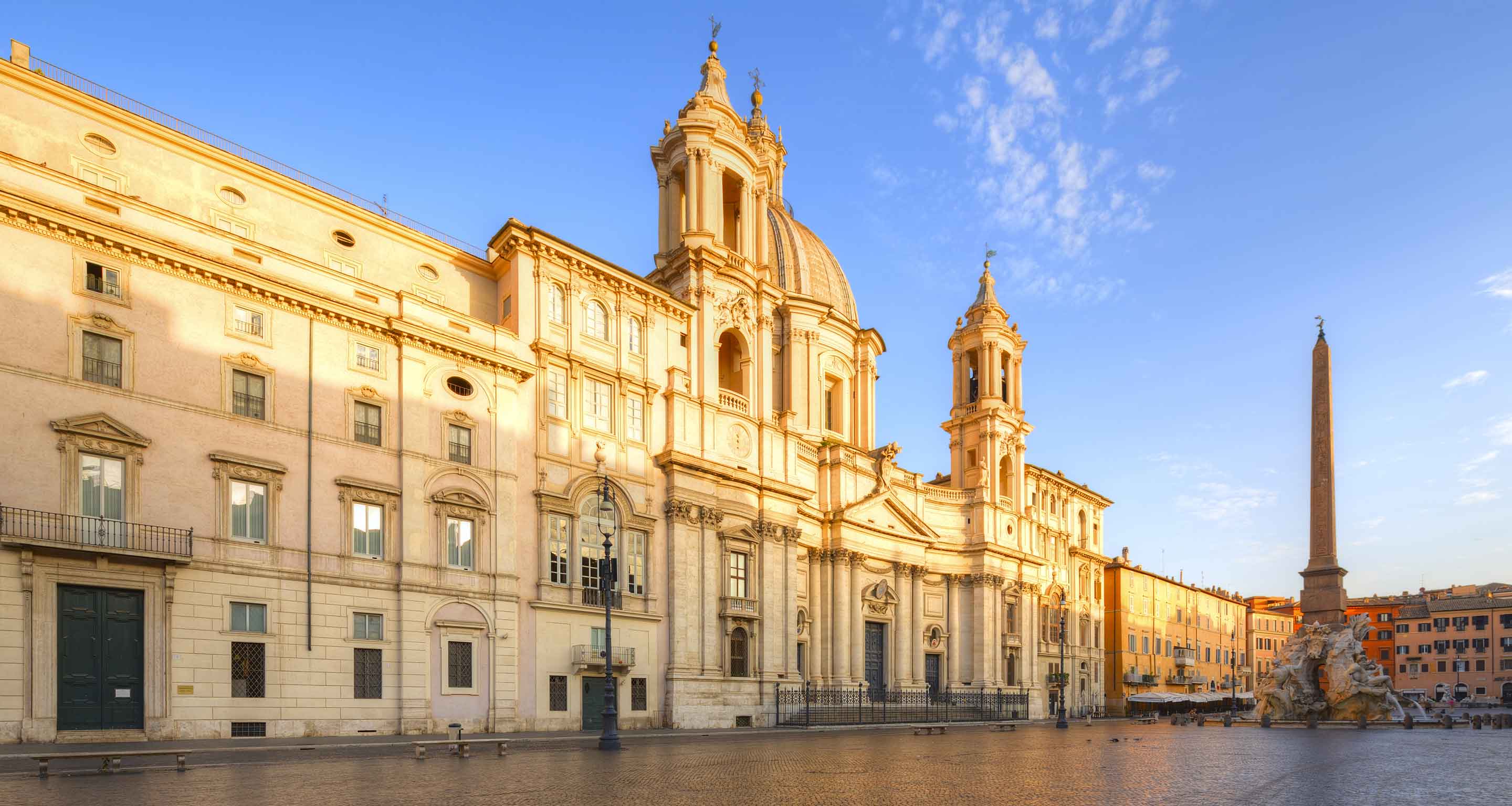
One cannot discuss Piazza Navona without mentioning its striking Baroque architecture. The square is flanked by three magnificent fountains, each telling its own unique story through intricate sculptures and artistry. The centerpiece, the Fountain of the Four Rivers, designed by the legendary Gian Lorenzo Bernini, is an awe-inspiring representation of the four major rivers known to the world during the 17th century: the Nile, Ganges, Danube, and Rio de la Plata.
The fountain is adorned with allegorical figures that personify these rivers, evoking themes of power and knowledge associated with the Italian Renaissance. As you stand before the fountain, take a moment to appreciate the nuances of its craftsmanship. Each figure appears alive, embodying the essence of their respective rivers while simultaneously reflecting the grandeur of the Roman Empire.
Moreover, the surrounding buildings, such as the Church of Sant’Agnese in Agone, another masterpiece of Baroque architecture, further enhance the enchanting allure of Piazza Navona. The church’s façade, characterized by elaborate decorations and twin bell towers, complements the vibrancy of the square, creating an exceptional visual harmony that captivates visitors.
A Living Canvas of Modern Life
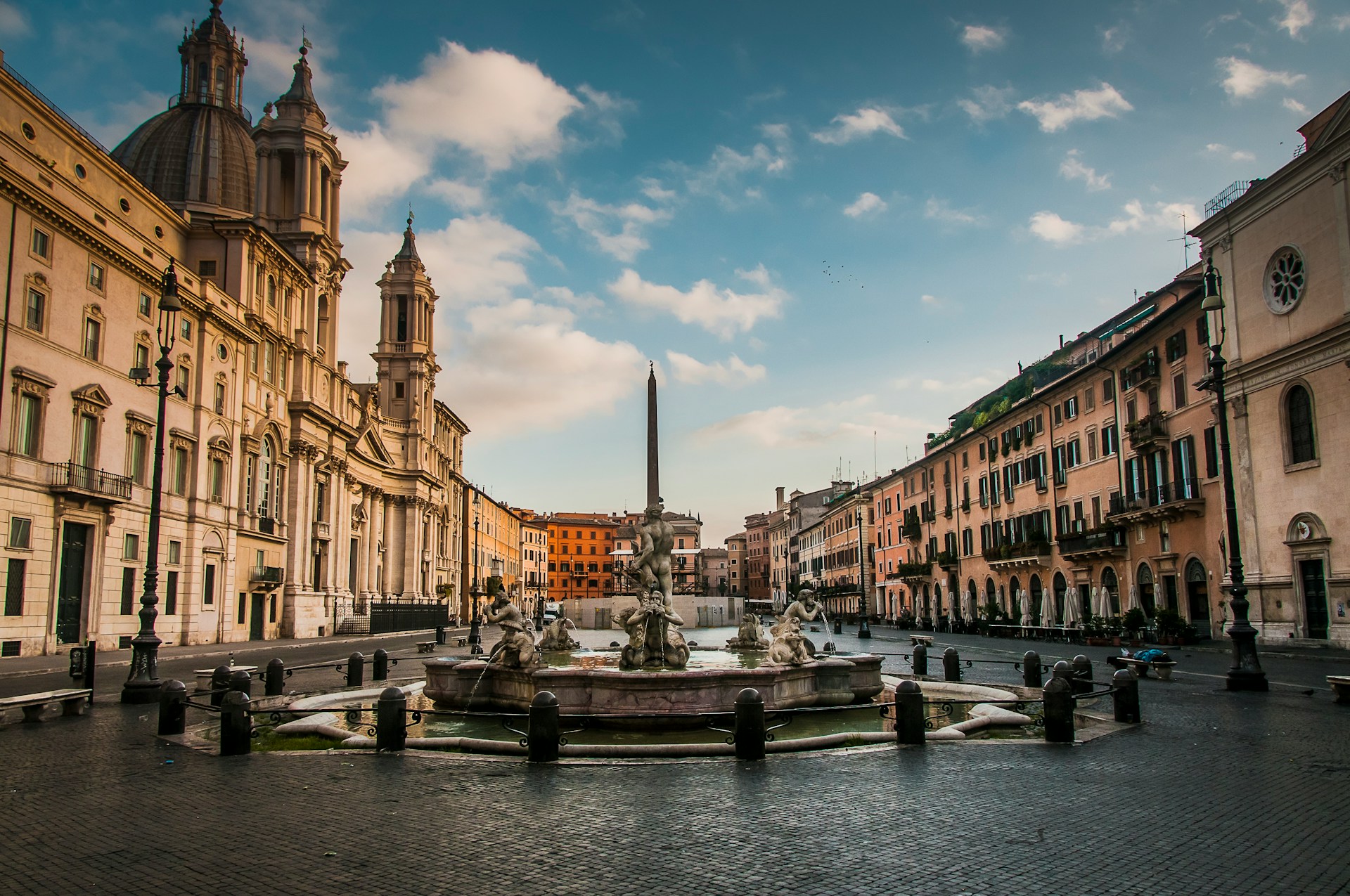
Today, Piazza Navona thrives as a vital part of Rome’s contemporary life, acting as a lively meeting point for locals and tourists alike. The square is lined with charming cafés, artisan shops, and street performers who bring an infectious energy to the scene.
As you stroll along the pathways, you may encounter artists showcasing their work, musicians playing soulful melodies, and dancers expressing themselves through movement. This artistic spirit transforms Piazza Navona into a living canvas where creativity flourishes amidst the historic backdrop.
The vibrant atmosphere invites you to pause and soak in the experience—a cappuccino in hand, the laughter of children playing nearby, and the aroma of fresh pastries wafting from local bakeries—all contributing to an immersive sensory experience that embodies the essence of Roman life.
The Intersection of Culture and Community at Piazza Navona
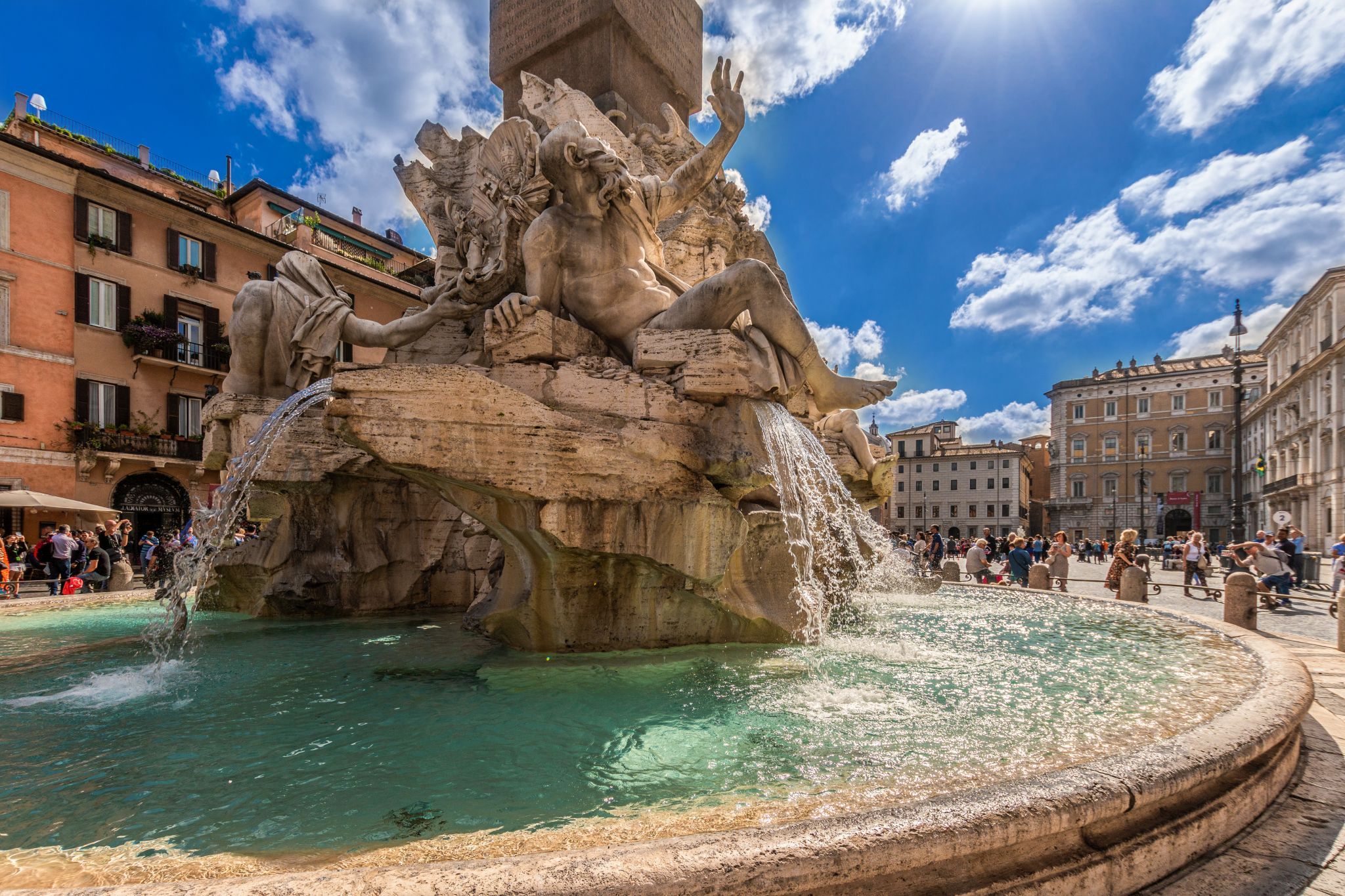
Piazza Navona is not merely a tourist attraction; it stands as a focal point for cultural conversations and community engagement. This vibrant square has long played host to a range of activities, from art exhibitions to political demonstrations, all underscoring its importance as a public space.
Cultural Significance in the Heart of Rome

Throughout history, Piazza Navona has acted as a stage for artistic expression and cultural celebrations. From the annual Christmas market that transforms the square into a winter wonderland to performances by street artists that highlight the talents of emerging creatives, the piazza is alive with cultural vibrancy.
Moreover, many festivals celebrate traditional Italian customs and events, attracting both locals and visitors eager to partake in the festivities. Engaging with such events offers a glimpse into the rich tapestry of Roman life, fostering connections across generations and cultures.
The Role of Public Art in Piazza Navona
Public art is integral to the identity of Piazza Navona, enriching the square’s atmosphere with creative endeavors. Statues, murals, and installations represent the intersection of history and contemporary art, providing a platform for artists to express their perspectives on societal issues.
As you explore the square, consider how these artworks provoke thought and conversation. They challenge viewers to reflect on the past while addressing contemporary themes that resonate within the community. This dynamic interplay between tradition and innovation exemplifies the transformative power of art in shaping public spaces.
Social Issues and Activism at Piazza Navona

Beyond its beauty, Piazza Navona serves as a site for social activism and political discourse. Historically, the square has witnessed numerous protests and movements advocating for change—from environmental issues to human rights initiatives. The openness of the piazza allows for public dialogue, enabling citizens to voice their concerns and aspirations for a better future.
In this context, Piazza Navona stands as a reminder of the importance of civic engagement. Visitors may find themselves drawn into conversations about pressing social matters, encouraging a deeper understanding of the interconnectedness between culture, art, and society.
Romantic Experiences and Artistic Inspirations at Piazza Navona

For many, Piazza Navona embodies romance, making it a popular destination for couples seeking memorable moments together. The enchanting surroundings create an idyllic setting for love to flourish, offering countless opportunities to connect and deepen relationships.
A Romantic Ambiance Under the Stars
As dusk descends upon Piazza Navona, the warm glow of streetlights casts a magical ambiance over the square. Couples often gather at outdoor cafés, sipping wine and sharing stories, while the gentle sounds of live music fill the air.
Imagine sitting at a quaint table, surrounded by the sights and sounds of the piazza. The flickering candlelight dances in synchrony with the melodies echoing from nearby musicians. Such moments encapsulate the essence of romance, allowing couples to savor the fleeting beauty of their shared experiences.
Photography and Creative Expression
A visit to Piazza Navona is incomplete without capturing the unforgettable moments spent there. Many couples choose to commemorate their love with professional photoshoots amidst the stunning backdrop of fountains and Baroque architecture.
The artistic elements present in the piazza inspire creativity, prompting individuals to explore their artistic sides. Be it through photography, painting, or poetry, Piazza Navona becomes a muse for those looking to express their emotions and experiences through various forms of art.
Personal Connections and Lasting Memories
Ultimately, the bond forged between loved ones in Piazza Navona transcends mere travel experiences. The memories created here often linger long after departure, becoming cherished stories recounted over the years. Couples regularly return to the piazza to relive their special moments or create new ones, solidifying their connection to the place and to each other.
This unique ability to foster deep emotional ties speaks to the power of location in shaping our lives and relationships. Piazza Navona, with its rich history and artistic allure, remains a powerful testament to the beauty of love, commitment, and shared experiences.
Conclusion
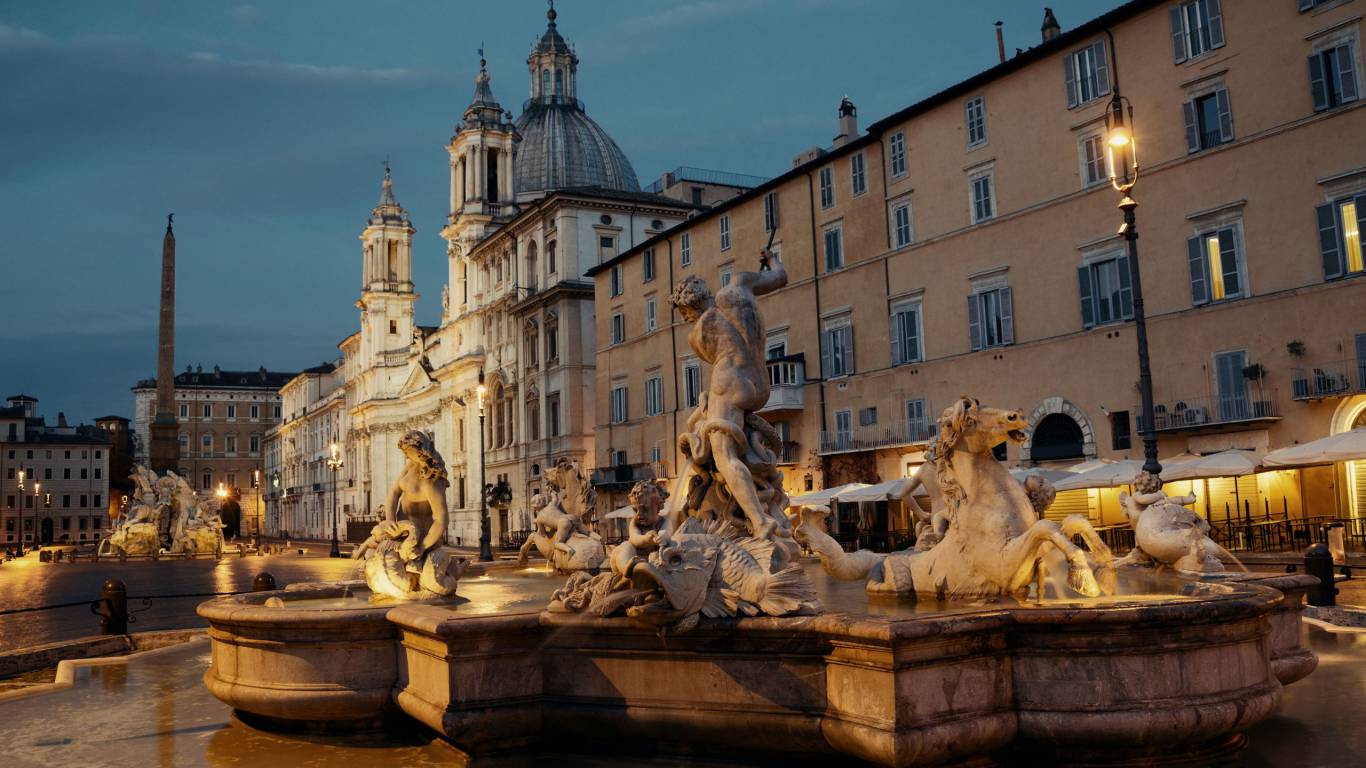
In conclusion, Piazza Navona stands as a vivid tapestry woven from threads of history, art, and contemporary life—a place where past and present converge to create a dynamic space for social interaction, cultural celebration, and personal connection. Its architectural beauty and vibrant atmosphere attract visitors from around the globe, inviting them to immerse themselves in its charm.
As you explore the piazza, remember that it is not just a destination, but a living entity steeped in the stories of those who came before us. Whether you are captivated by the grandeur of its fountains, inspired by its artistic expressions, or moved by the camaraderie of fellow visitors, Piazza Navona has something to offer everyone.
So, the next time you find yourself in Rome, make sure to wander through this enchanting square. Take the time to absorb its history, experience its vibrant culture, and perhaps even create your own story within its timeless embrace.
✉️ Stay Connected — Subscribe for Weekly Updates
Discover timeless stories, practical wisdom, and beautiful culture — delivered straight to your inbox.
*We only share valuable insights — no spam, ever.




